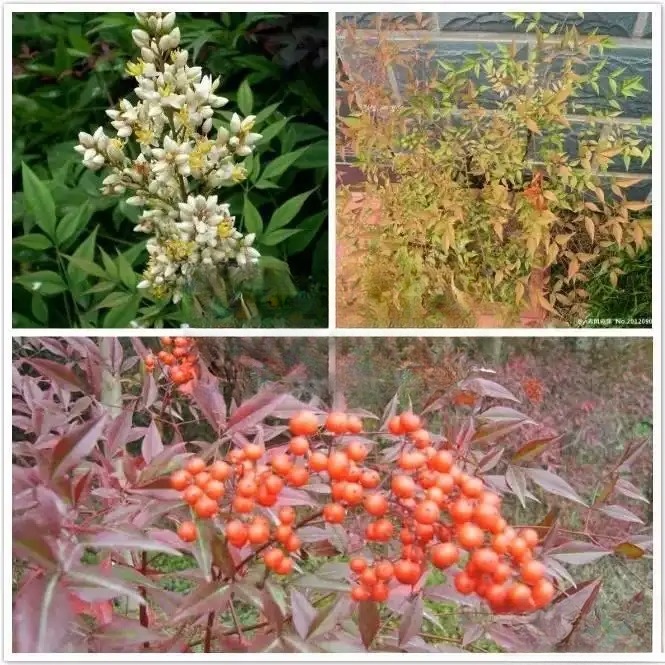One of the economic shrubs for soil and water conservation: 50 species of oilbearing shrubs
On Earth, shrubs are the second largest green vegetation after tall trees in the forest. The biological yield of shrub species is generally less than that of trees but greater than that of herbs. The biological yield of shrubs is the material basis for shrubs to play their ecological roles in maintaining water and soil, improving soil, preventing wind and fixing sand, etc. At the same time, since most shrubs have excellent characteristics such as wide adaptability and strong germination ability, they can be widely planted and can obtain higher biological yields. The biological yield of shrubs is also the material basis for their various economic benefits.
This article introduces 50 species of oil-bearing shrubs, most of which are suitable for growing in the northern Loess Plateau.
1. Xanthoceras sorbifolia
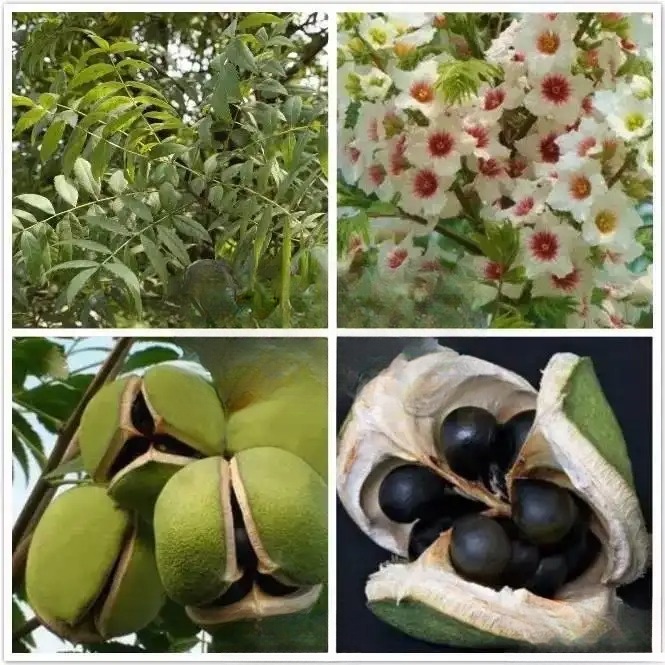
2. Caragana korshinskii 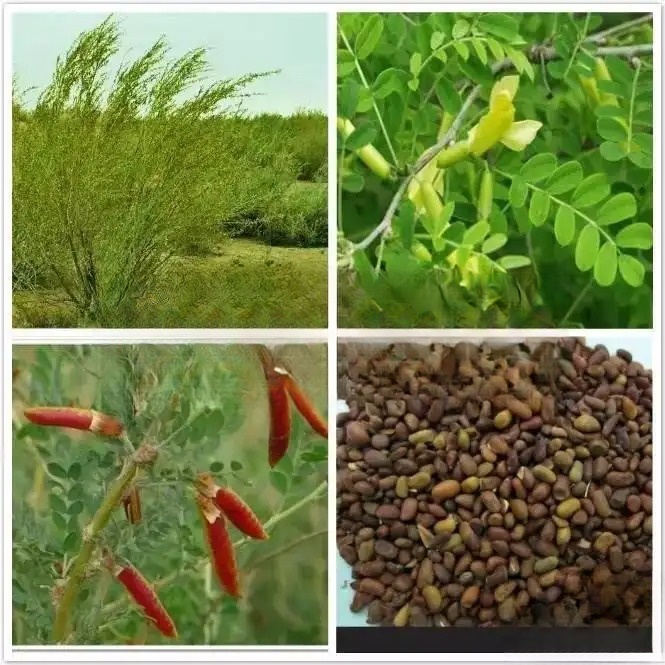
3. Amorpha fruticosa 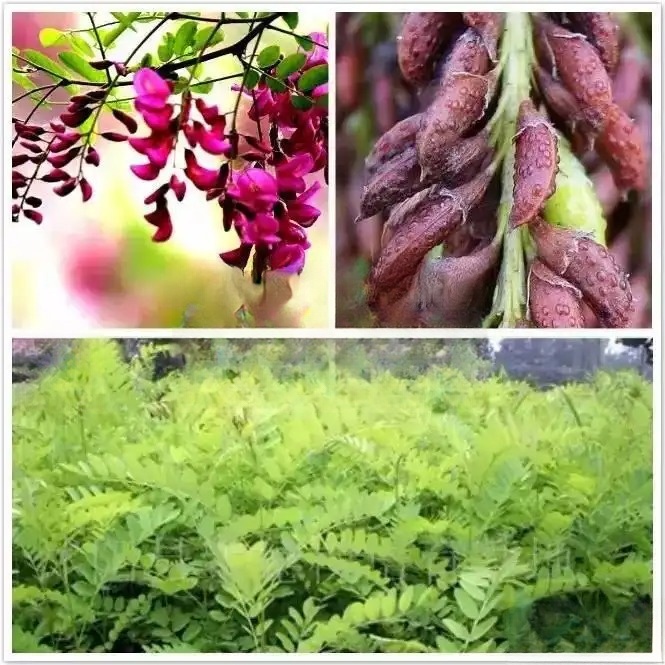
4. Zanthoxylum bungeana
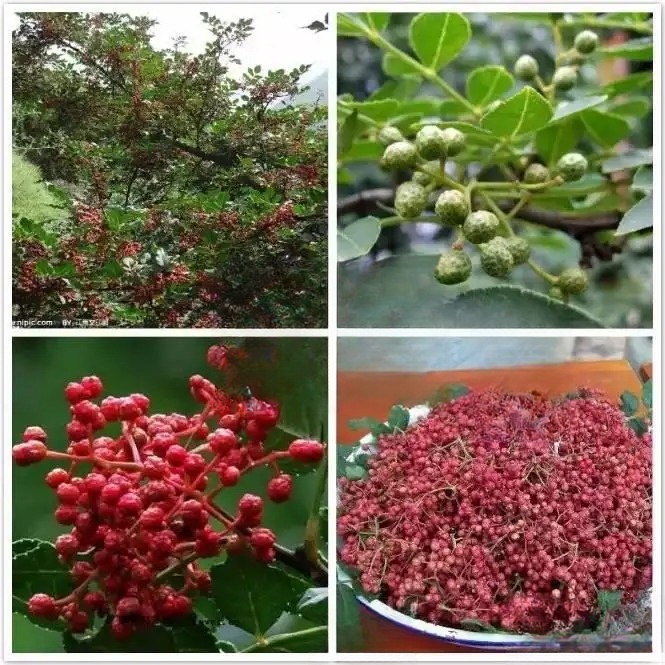
5. Prunus armeniaca
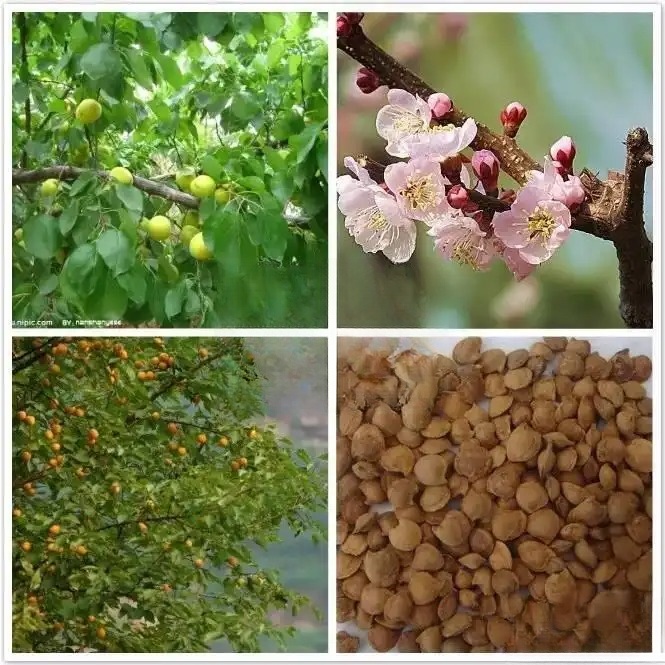
6. Peach
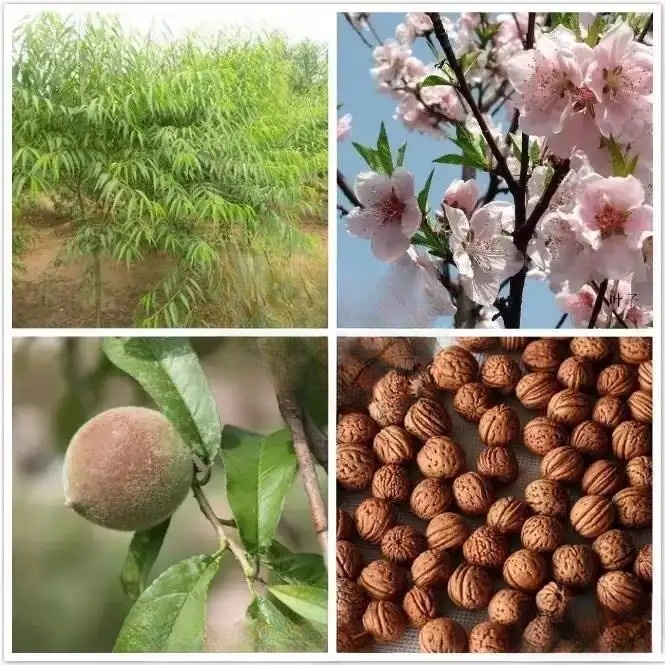
7. Hazelnut 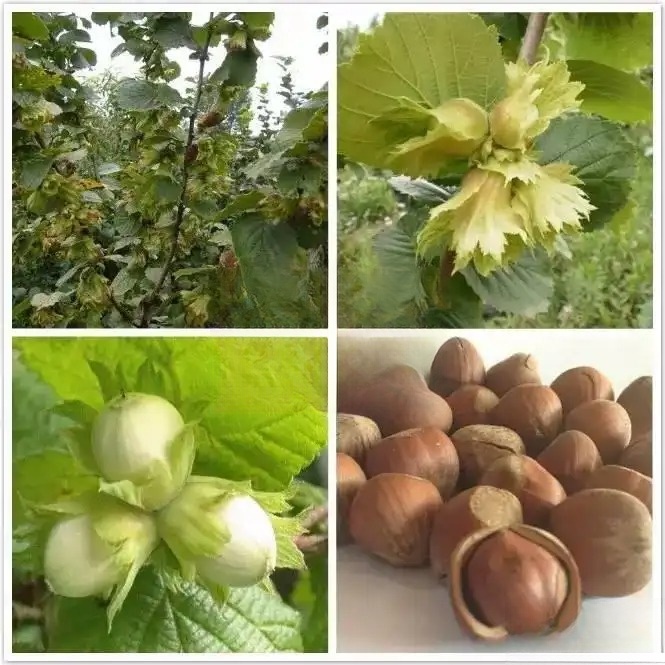
8. Rhus chinensis 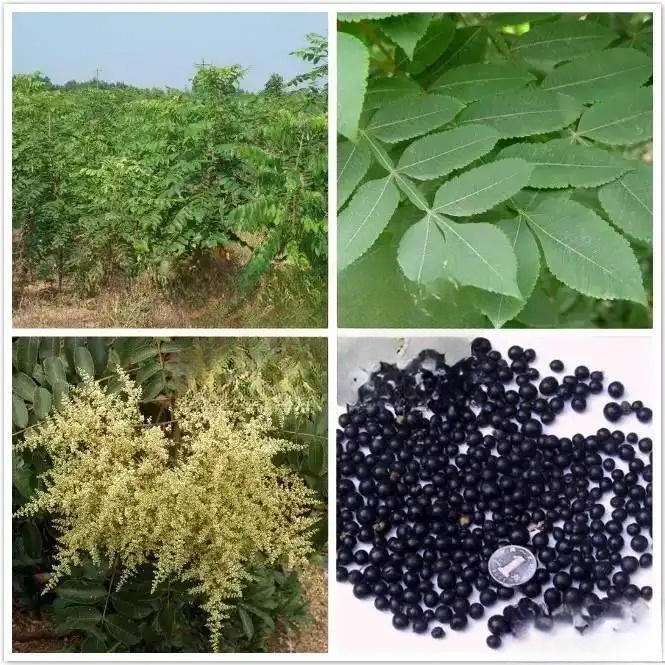
9. Celastrus orbiculatus 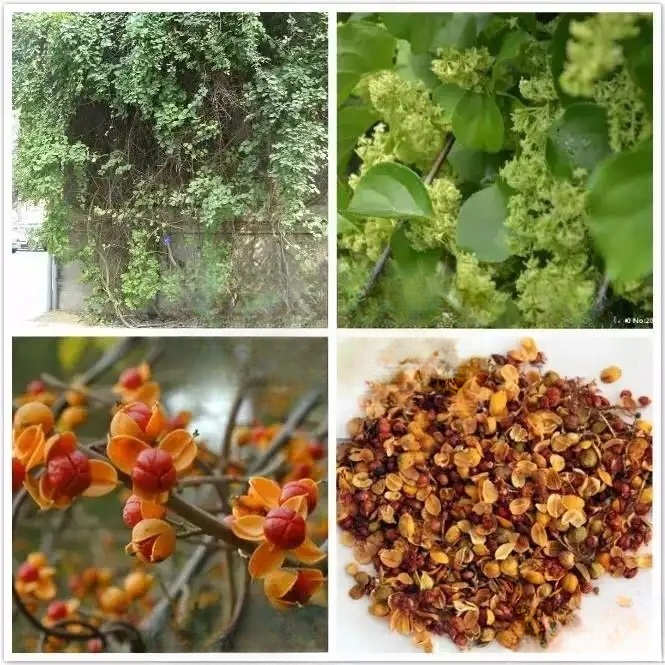
10. Shenggu oil 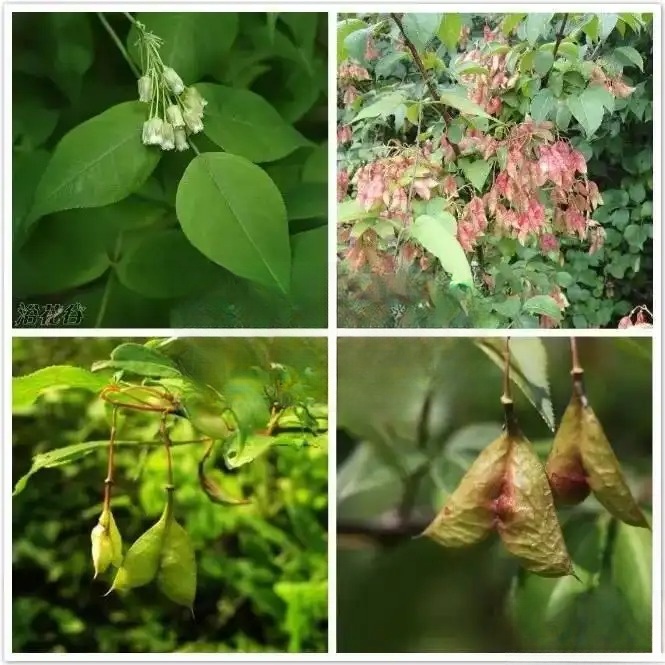
11. White sandalwood 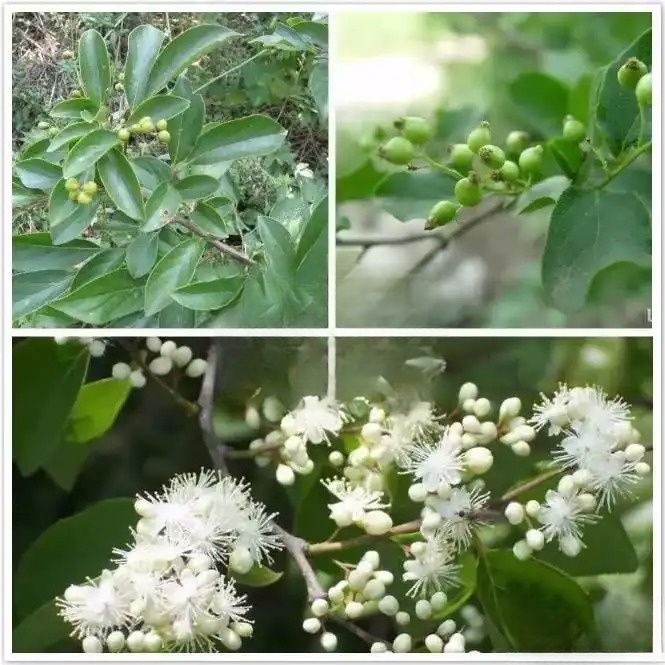
12. Acer truncatum 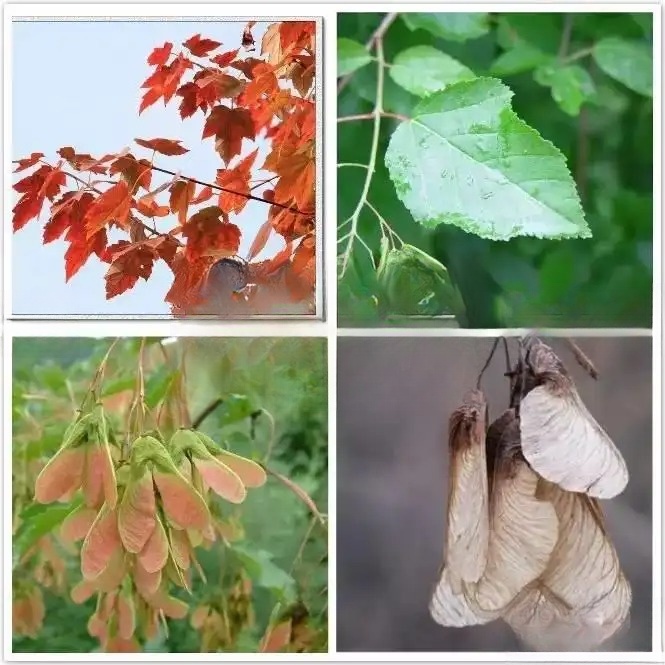
13. Prunus hairyus 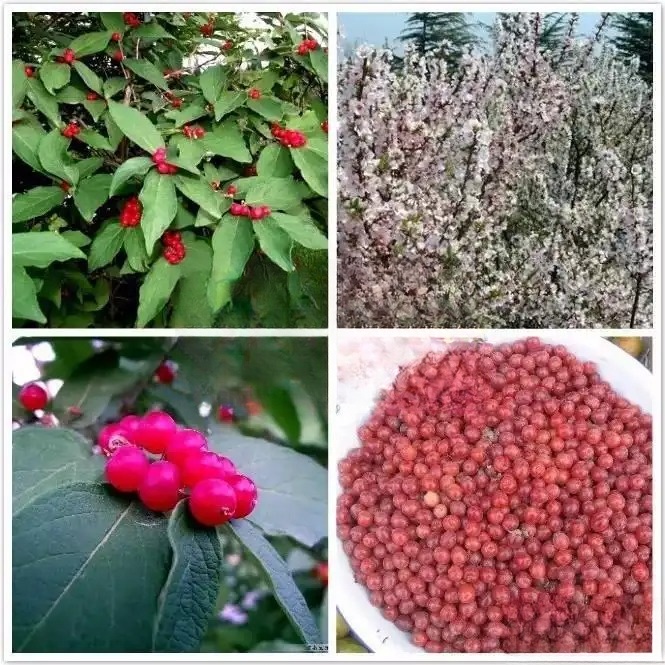
14. Albizzia serrata 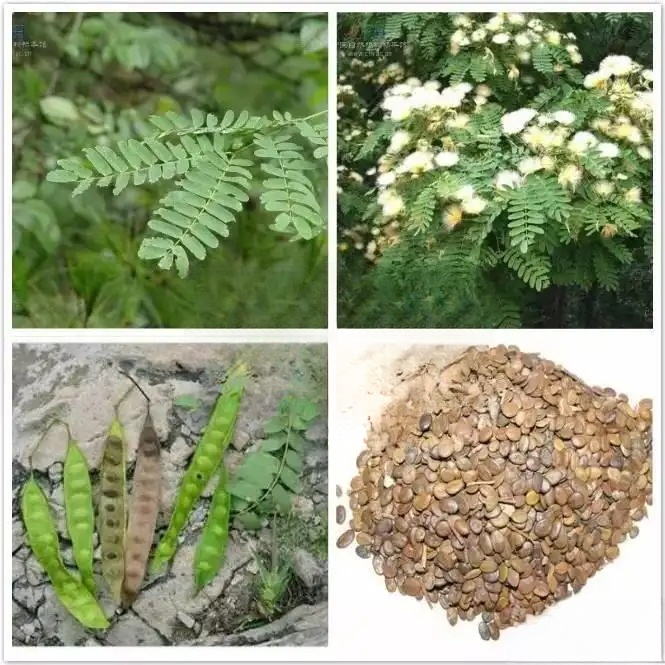
15. Periploca 16. Forsythia suspensa 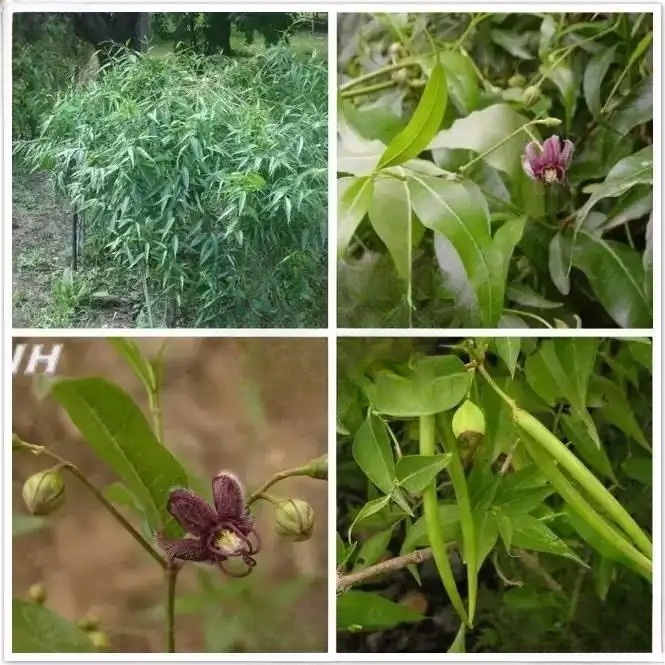
17. 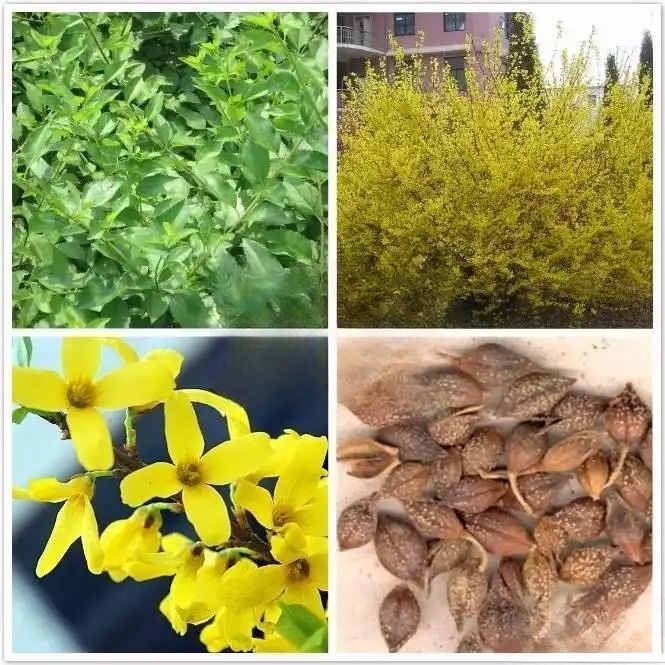
Sea buckthorn 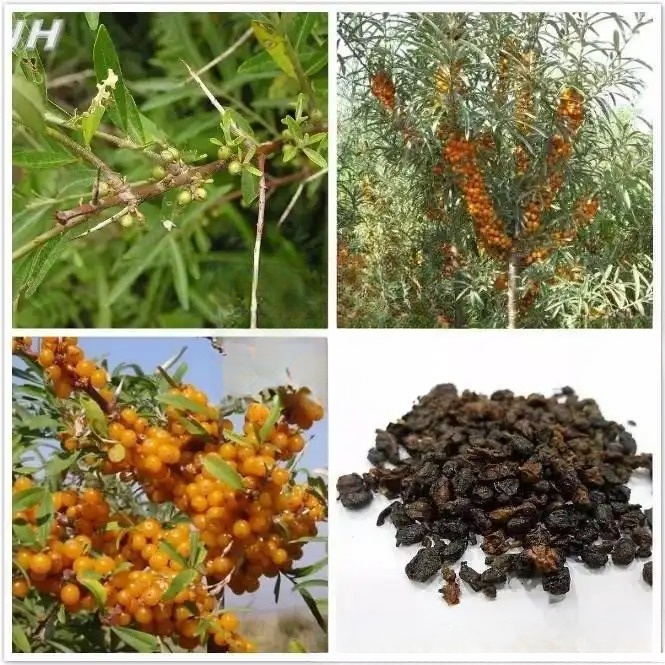
18. Frozen green 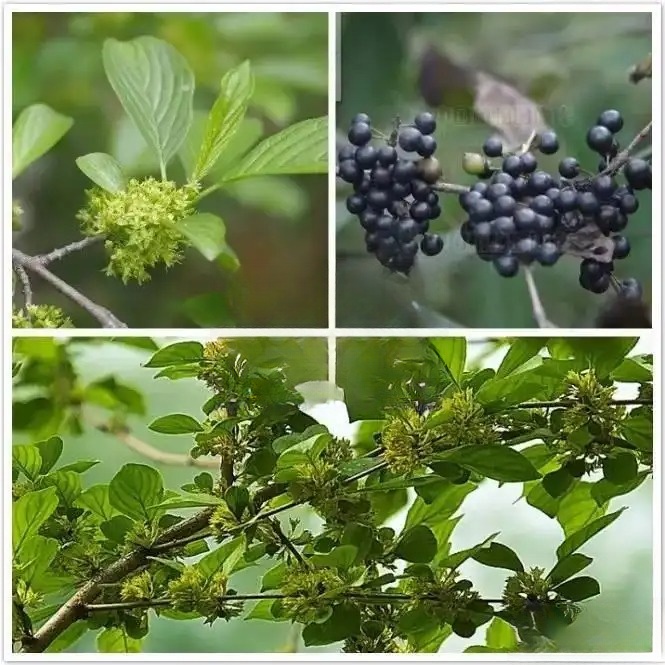
19. Buckthorn 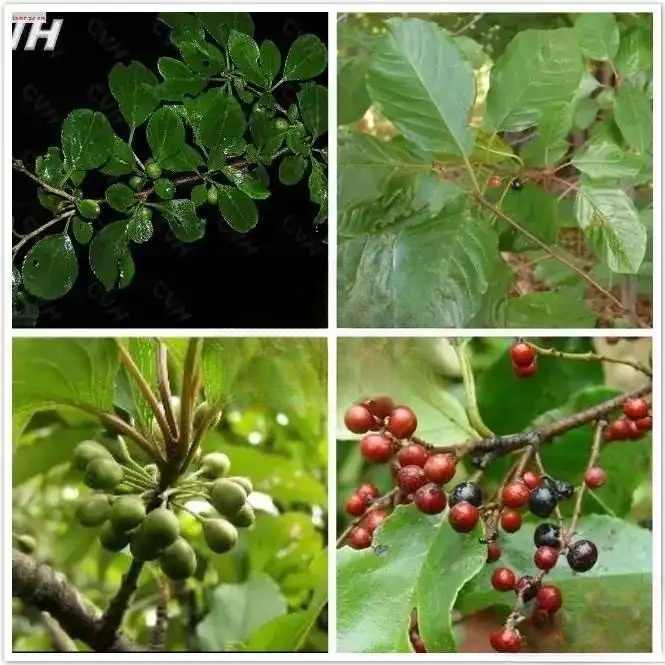
20. Shaanxi viburnum 21. Honeysuckle 22. Coriaria 23. Wild grape 24. Prunus elmi 25. Torchwood 26. Thyme 27. Artemisia sphaerocephala 28. Flat- core wood 29. Jujube 30. Mongolian viburnum 31. Lespedeza bicolor 32. Tiger hazelnut 33. Schisandra chinensis 34. Rutin 35. Prunus mume 36. White Du 37. Acanthopanax scabra 38. Lycium barbarum 39. Ulmus pumila 40. Elaeagnus salamandra 41. Syringa syringae 42. Yellow rose 43. Euonymus thornii 44. Daphne kansuensis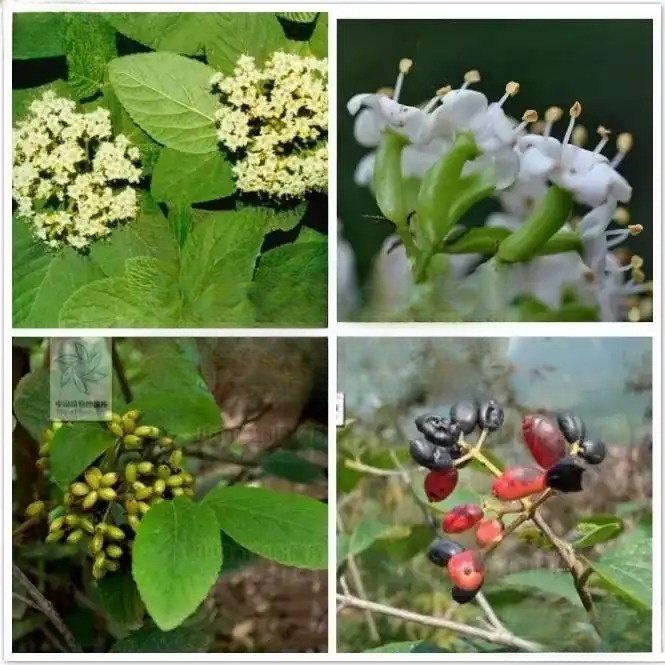
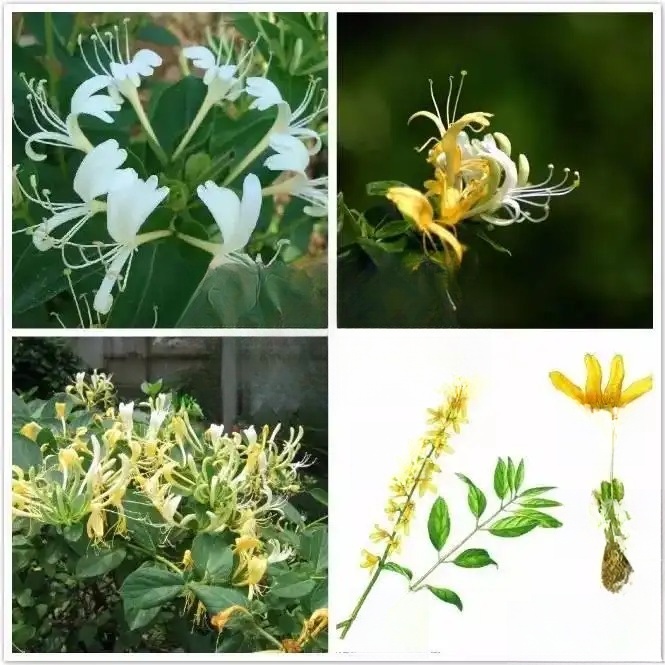
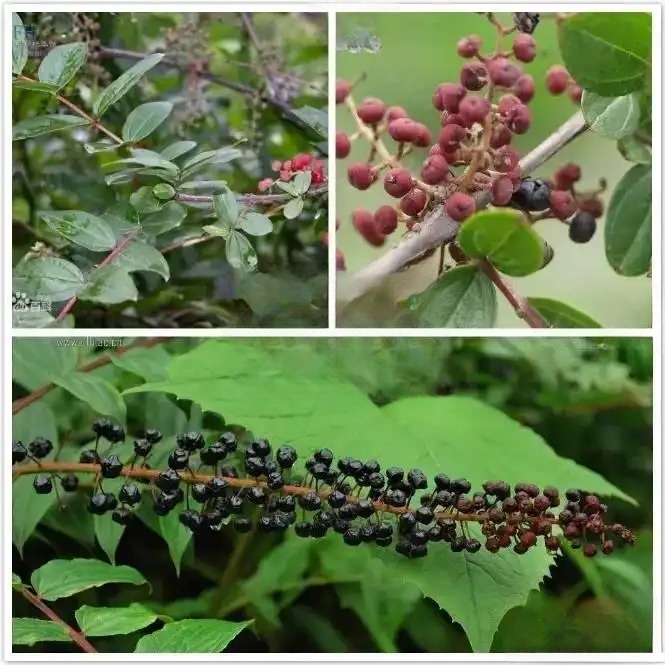
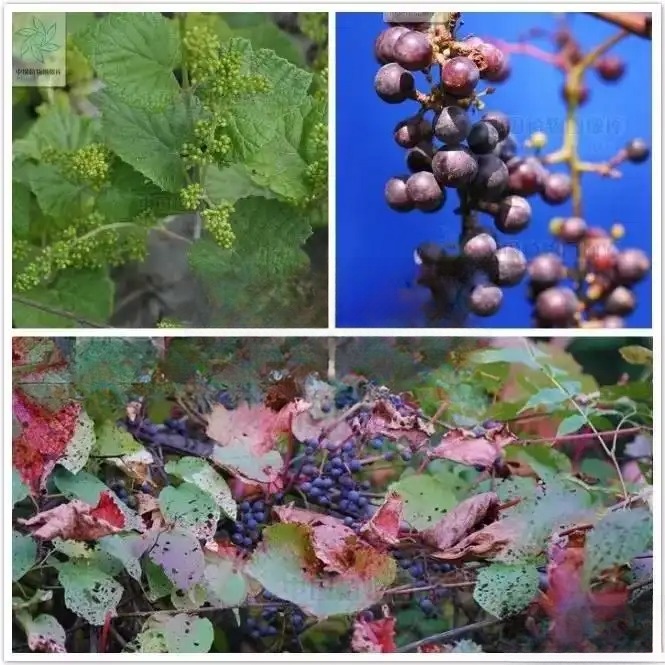
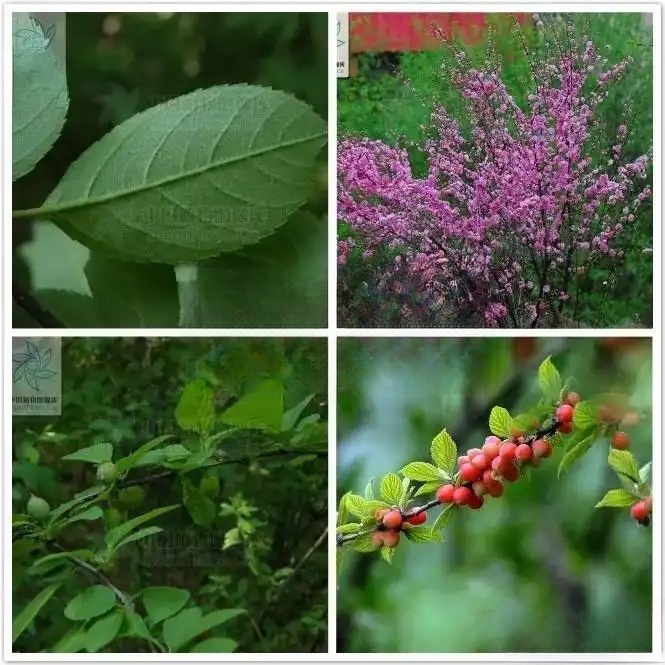
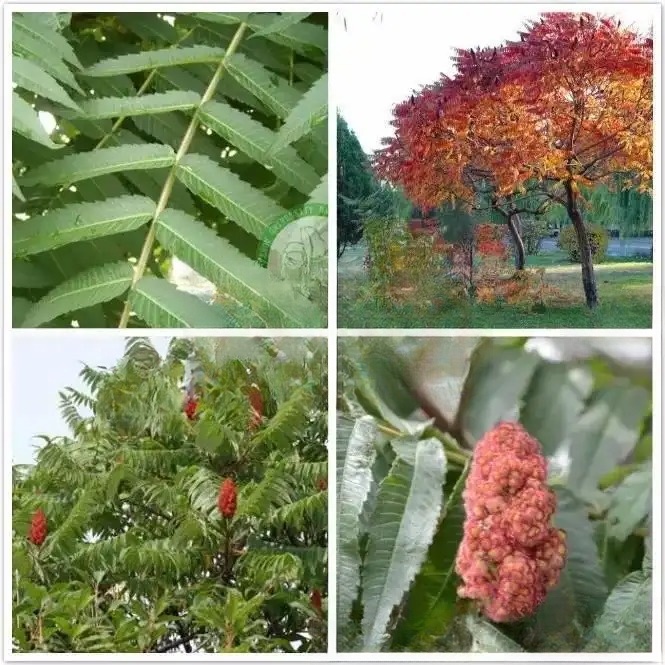
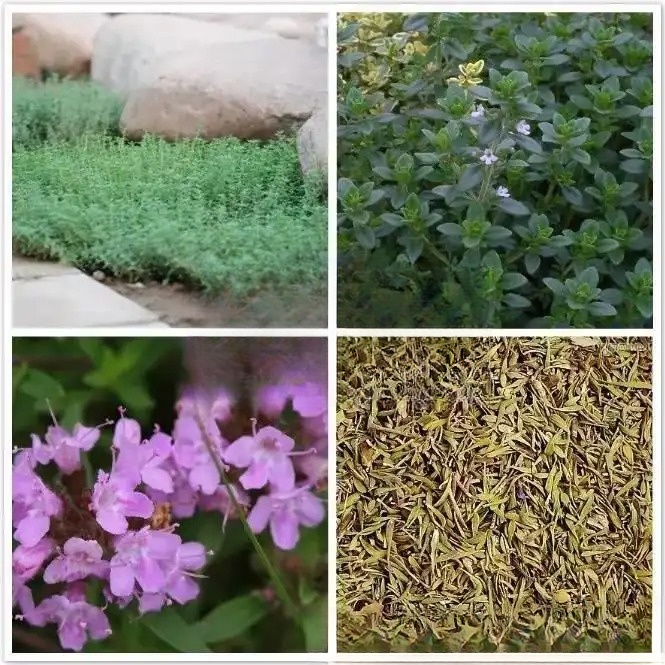
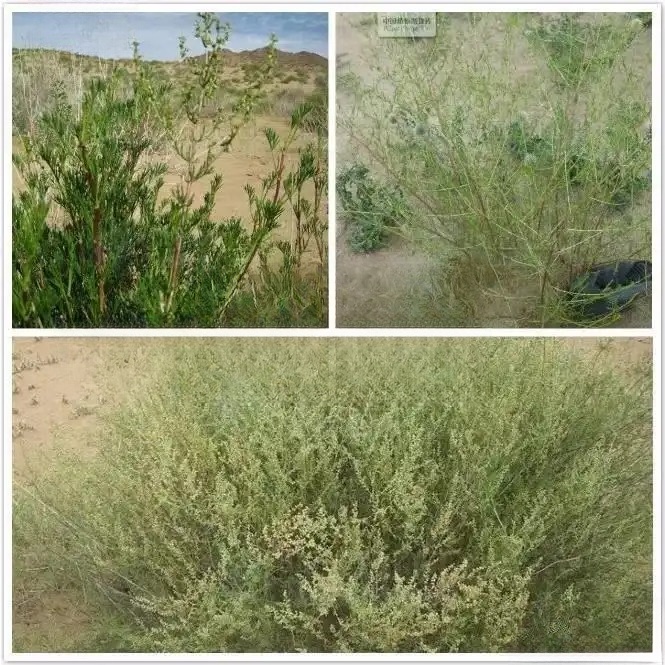
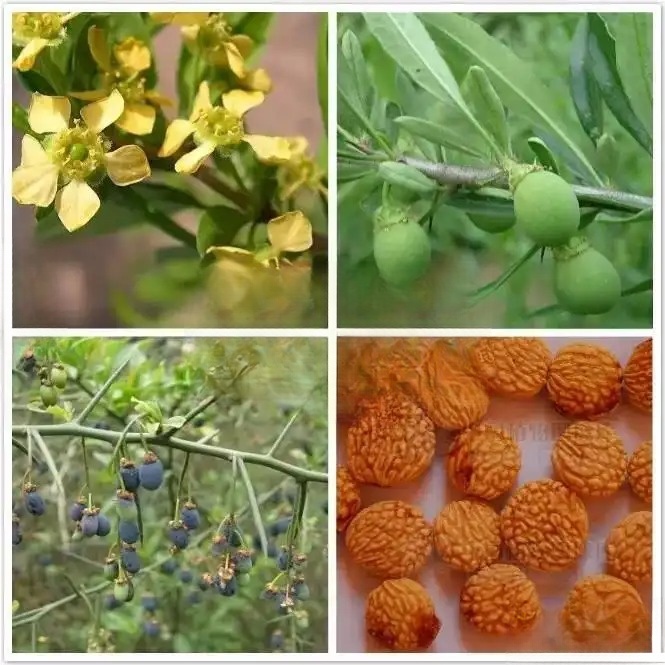
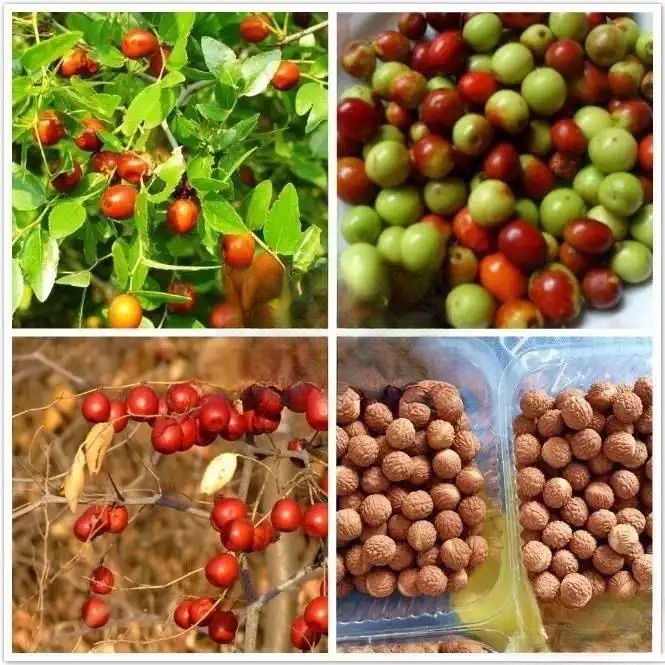
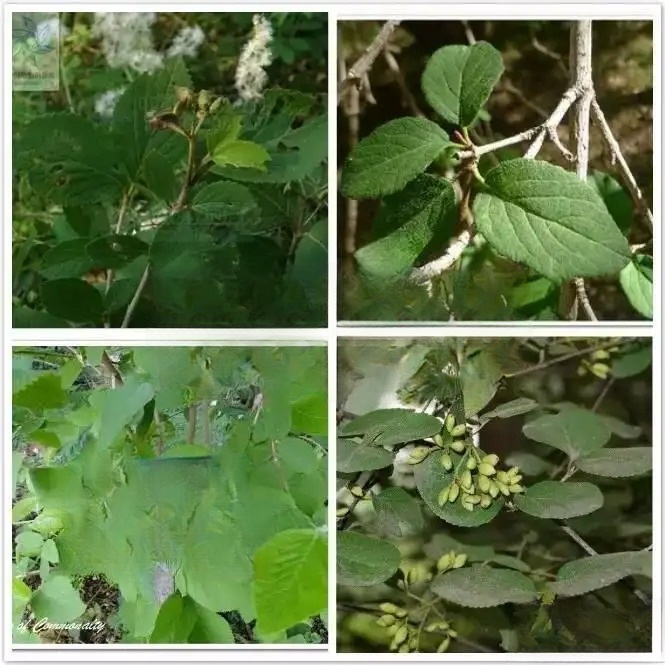
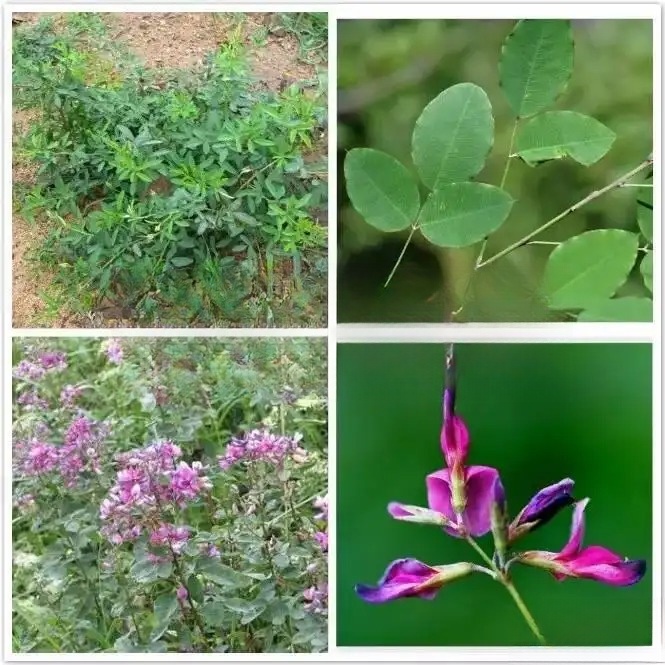
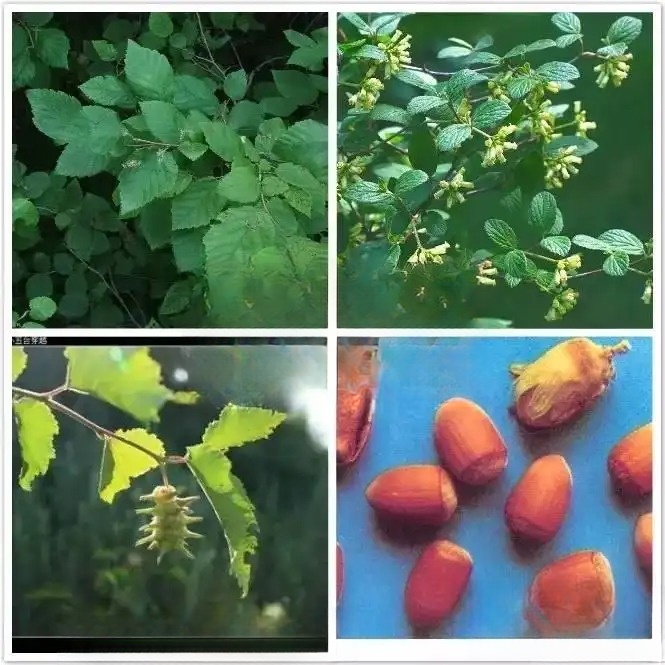
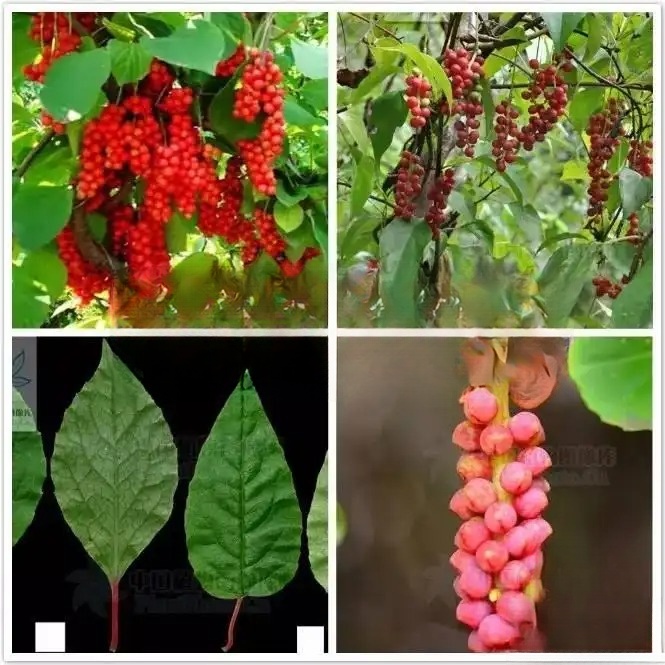
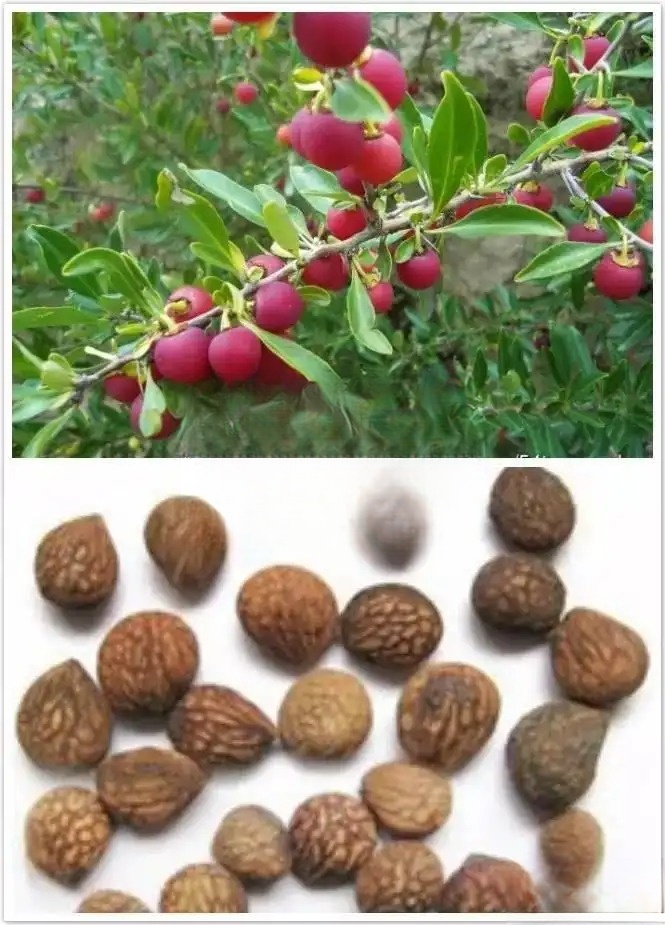
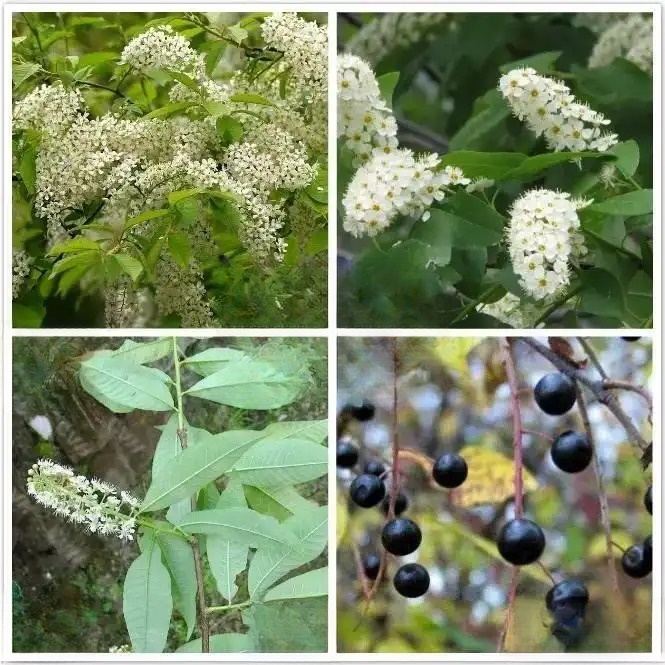
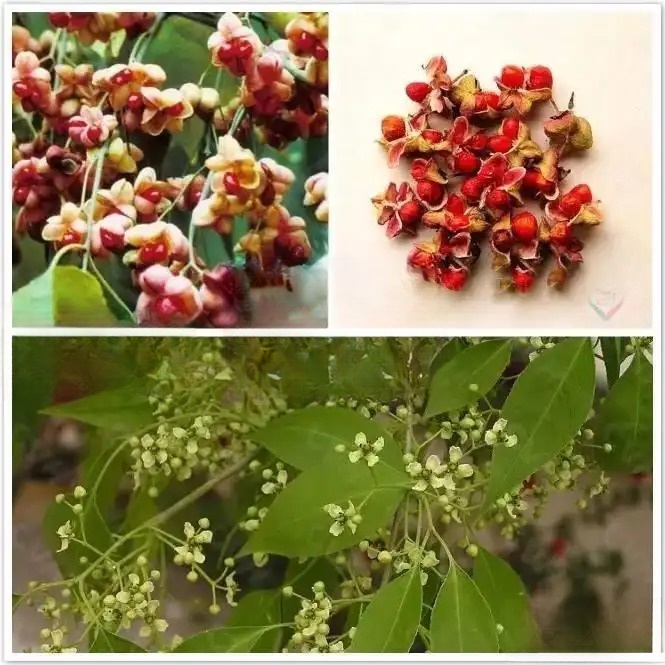
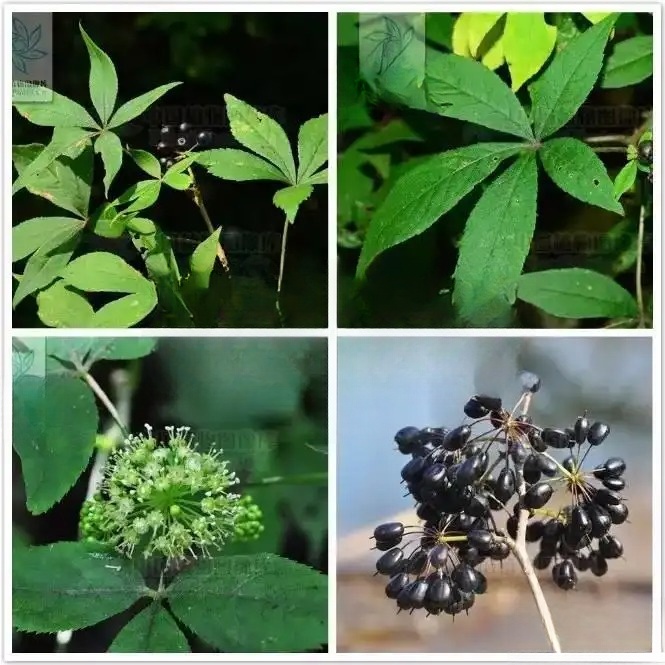

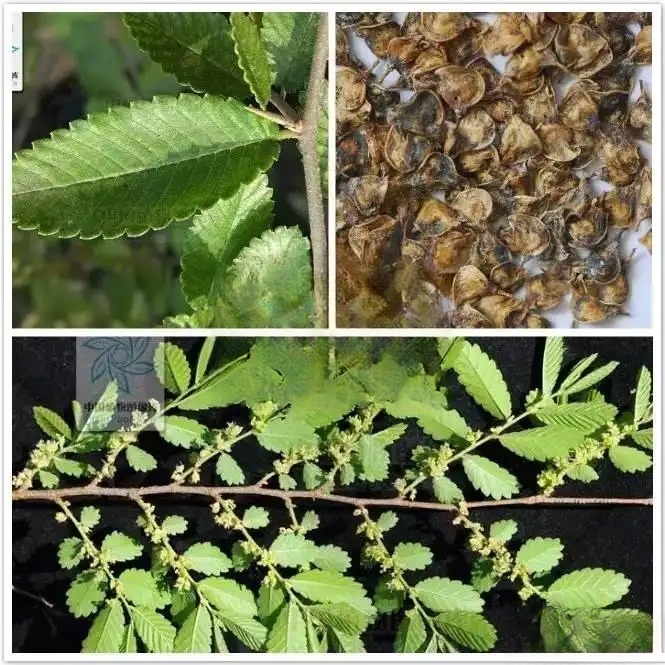
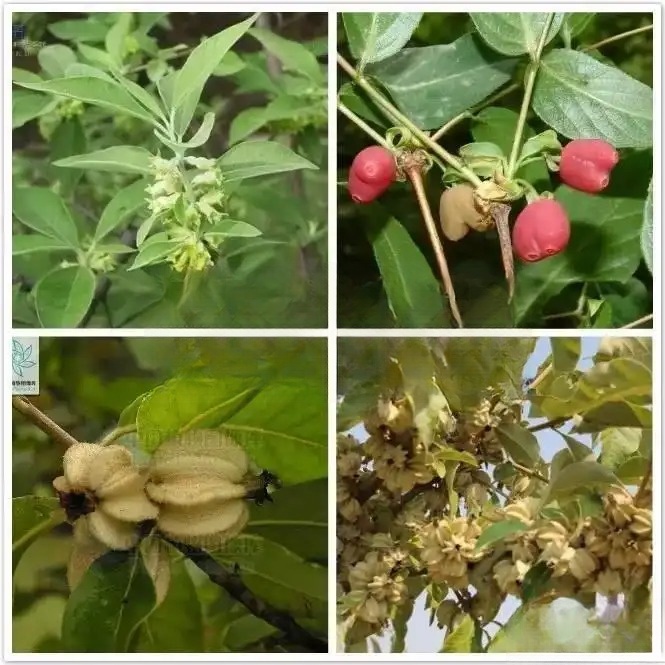
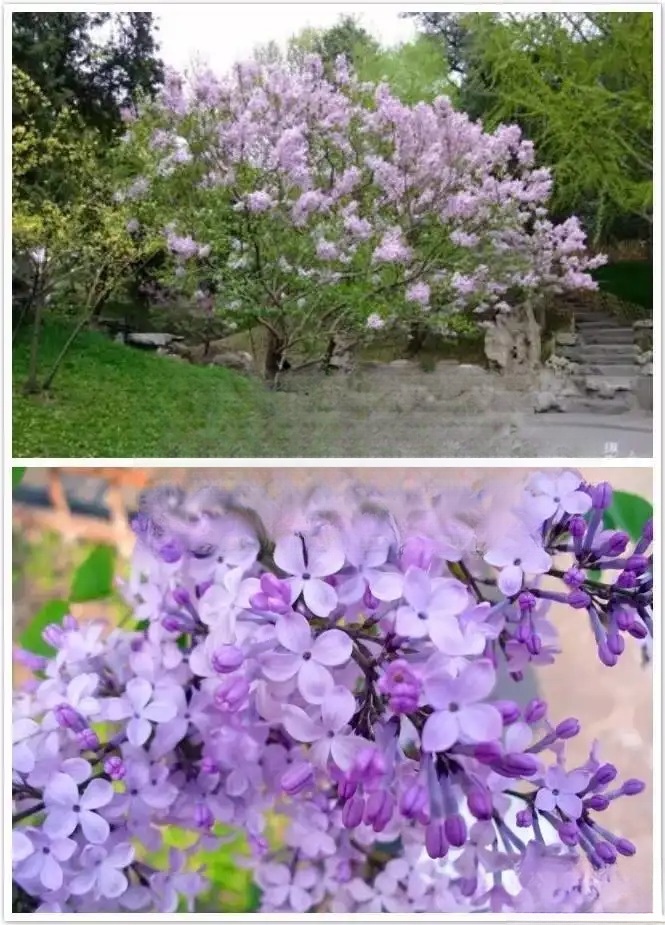
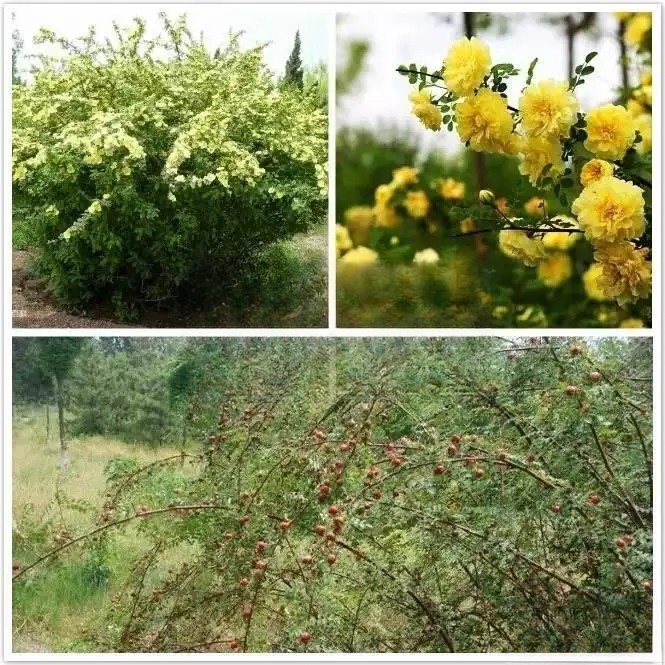
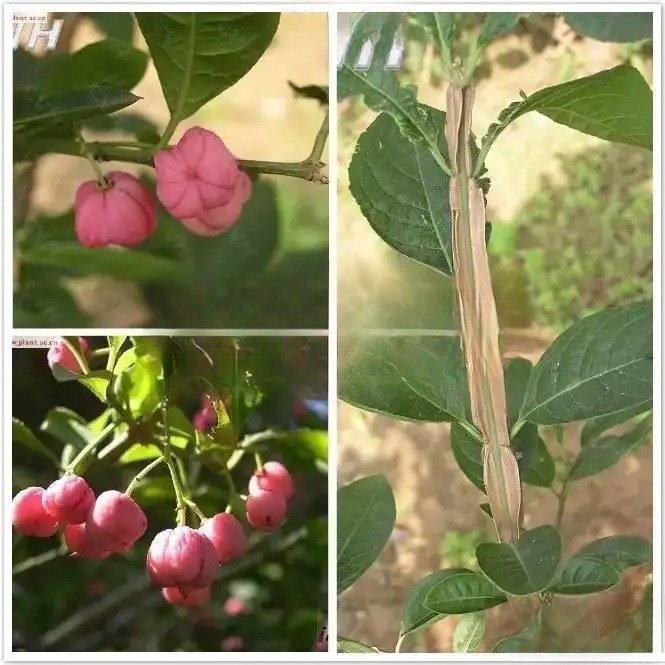
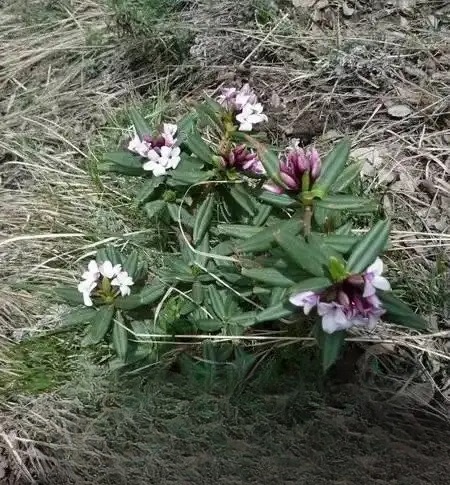
45. Red yew 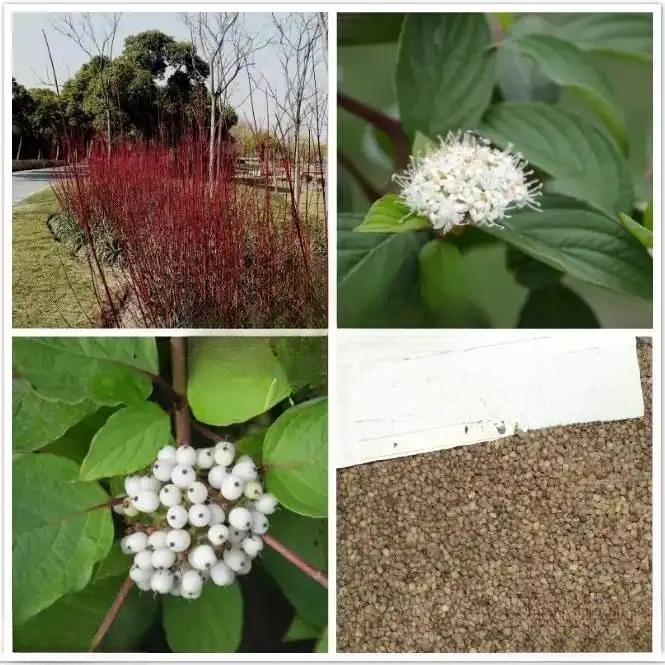
46. Raspberry 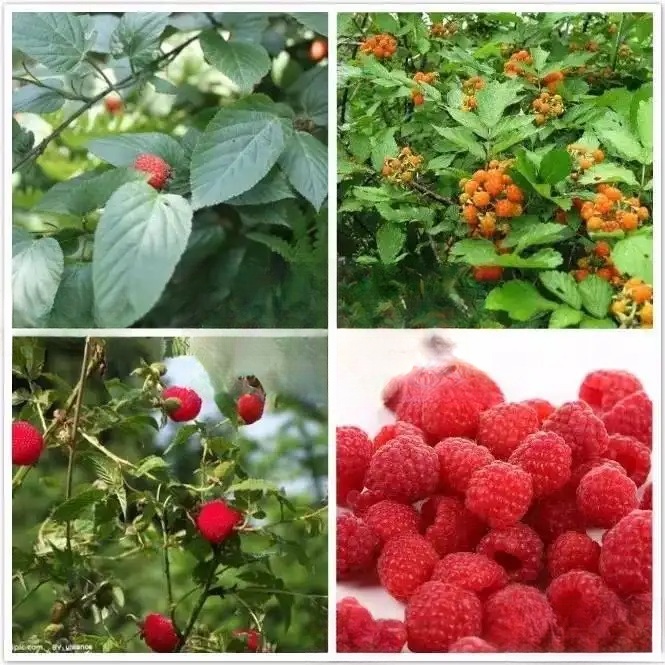
47. Spiraea 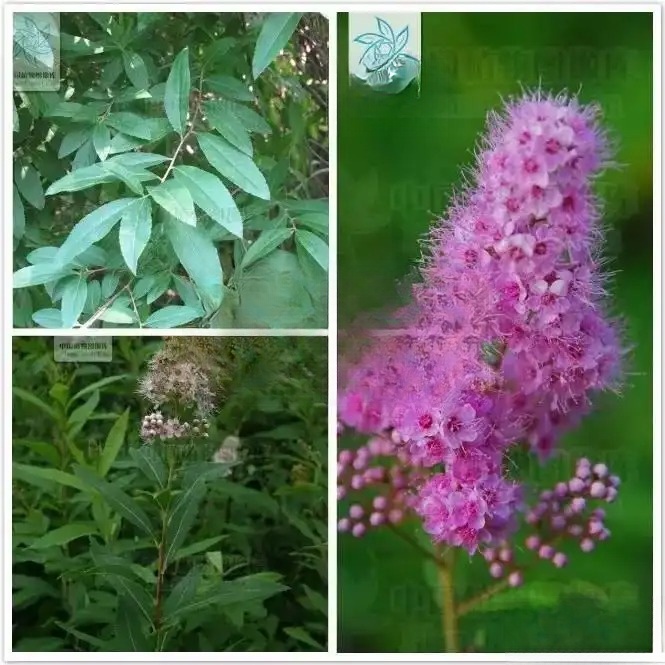
48. Peony 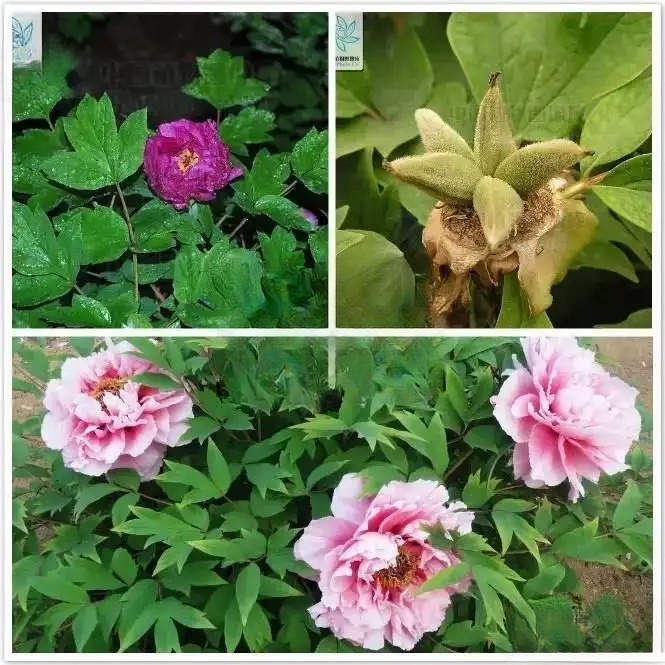
49. Elaeagnus angustifolia 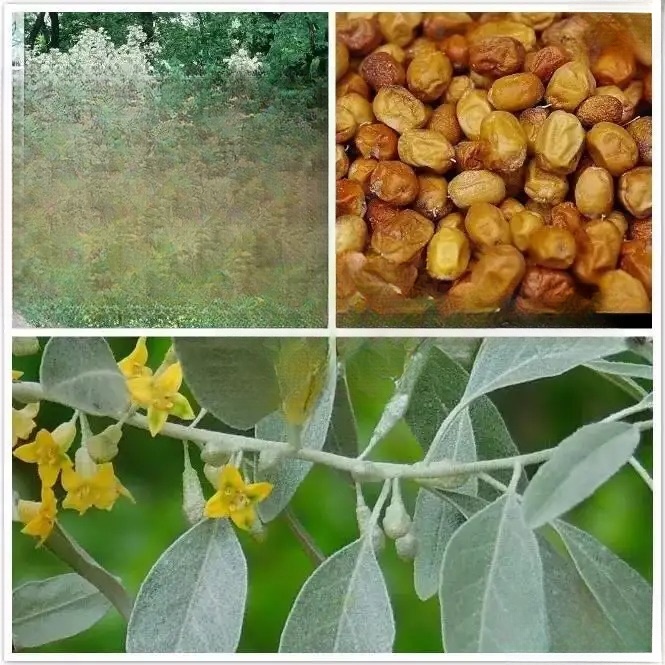
50. Nandina domestica